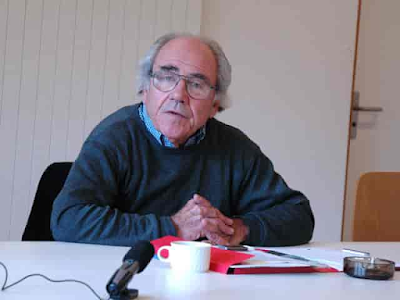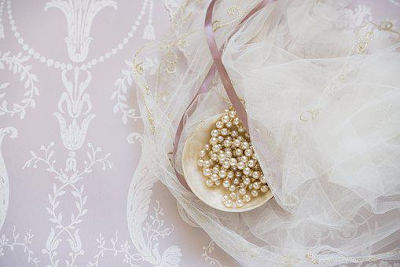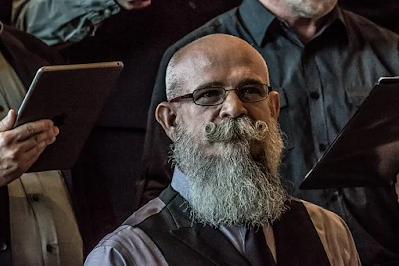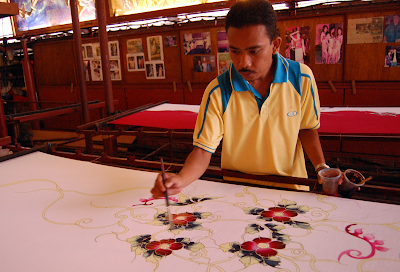Featured
- Get link
- X
- Other Apps
RICHARD AVEDON
One of the most significant and prolific photographers of the second half of the 20th century, Richard Avedon (b. 1923) is often regarded as the greatest fashion photographer of all time by many photography and fashion experts.
In a career spanning sixty years, he displayed his ability to virtually constantly change his aesthetic, but in hindsight, his body of work also revealed a stunning coherence and power that went well beyond the constrictions of fashion photography.
His outstanding work was recognized by his contemporaries as early as 1950, when he was awarded the Art Directors Club of New York's Highest Achievement Medal.
Eight years later, Popular Photography magazine listed him as one of the top 10 photographers in the world.
The Photo District News dubbed Avedon "the most influential photographer of the previous twenty years" towards the close of the twentieth century after he had amassed a number of honorary degrees, lifetime achievement medals, and other significant distinctions.
His keen sensitivity to the social and cultural transformations in American society had a significant role in his triumphs.
As noted by the historian Nancy Hall-Duncan in 1979, "Avedon's forte from the outset of his career was this sense of time and flexibility—representing the needs of our society and reflecting its mood with uncanny sympathy." This skill also sheds light on why, unlike so many of his competitors, he was never ousted by a younger pretender.
A colleague reportedly called Avedon "the white mechanical rabbit that all other photographers wanted to capture, but never could," according to John Durniak, who wrote about him in Time magazine.
Avedon could nevertheless boast a remarkable track record of accomplishments, even accounting for the exaggerated language of the fashion business itself, which crowned him the king of fashion photography.
The son of Russian Jewish immigrants who established a department store in Manhattan, Richard Avedon was born in New York City.
His high school years showed a clear talent for literature: he co-edited the De Witt Clinton High School literary journal with James Baldwin, and he was chosen the 1941 poet laureate of the New York City high schools.
After two years (1942–1944) spent serving in the U.S. Merchant Marine and a short time of philosophy study at Columbia University, Avedon engaged in rigorous visual studies with Alexey Brodovitch at the Design Laboratory of the New School for Social Research.
The aspirational young guy might find "theater, cinema, music, dancing" in New York.
Avedon's passion for photography has had a role in forming some of his visual education.
As a youth, he had masterworks from famous artists cover his room; as an experienced professional, he benefited from the advice of those who came before him.
He was inspired to explore the full range of the medium's potential by this acute knowledge of the achievements of earlier artists in the area and a philosophical inclination that enabled him to think about photography in both an abstract and practical way.
For instance, after beginning his career in fashion photography with the more adaptable Rolleiflex, he switched to a large-format camera and discovered that blurring the background of a shot reduced the amount of detail and created "an ambiguous narrative relationship between the knowable (what's sharp) and the unknowable (what's blurred)" (Thurman and Avedon).
The last years of haute couture's hegemony were when Avedon entered the scene.
He accepted Carmel Snow's invitation to work as a staff photographer at Harper's Bazaar in 1945, where his mentor Brodovitch was already an established creative director.
Avedon therefore followed in the footsteps—not the shoes—of the renowned neoclassicist photographer George Hoyningen-Huene, who believed high fashion had passed its prime.
Hoyningen-Huene mockingly welcomed his youthful adversary, saying, "Too bad... Too late!" Snow aimed to eliminate this feeling of boredom via and with her magazine.
The visionary editor wanted to revitalize the Parisian luxury industry by introducing it to the enormous American market, thus she required a more approachable Hoyningen-Huene-like interpreter of French taste who could infuse some American flair into the traditional French couture.
It was not unexpected that Avedon consistently cited Martin Munkacsi, a Hungarian photojournalist-turned-fashion photographer, as a major stylistic influence rather than the aristocrat Hoyningen-Huene.
A major influence on Avedon's own approach was Munkacsi, a pioneer of the outdoor realistic fashion photograph, though Avedon also learned from Baron Adolf de Meyer, Edward Steichen, and George Hoyningen-Huene as evidenced by the way he expertly blended the exuberance of outdoor photography with the static tradition of the studio.
Avedon's name became synonymous with the finest fashion photography over the next forty years.
He shot the Paris collections from 1947 and 1984 for either Harper's Bazaar or Vogue, and from 1966 to 1990 he exclusively worked for the latter.
Avedon wanted to work with the same models over and over again to develop a relationship that was "developed from sitting to sitting and from season to season," in his words.
The models wore the garments as though they were meant to be worn, whether the sitter was Suzy Parker wearing Gres, Dovima wearing Dior—"Dovima Among the Elephants" (1955) is undoubtedly Avedon's most famous photograph—or Jean Shrimpton and Veruschka dressed in psychedelic whimsies.
On the arm of dapper escorts, Avedon's earliest photographs of women featured them dancing, partying, and skipping from one lively boîte to the next.
The photographs always struck a careful balance between factual information about the dresses and impressions of how the women looked and, more importantly, felt while wearing them.
The photographer did meticulous study on his outdoor and interior locations before the sittings, despite the photographs' seeming spontaneity.
Avedon's early, rigorous dedication unavoidably took a toll. He decided that there was "too much vanity and disenchantment" in the work after twenty years in fashion photography.
The photos taken outside gave way to a harsher, more minimalist look that was even called "cruel," and whose creation was only conceivable in the studio.
In 1994, Avedon said, "I've figured out a set of no's,... no to wonderful light, no to seeming compositions, no to the temptation of postures or story.
And every single nay forces me to say yes. White serves as my backdrop. I have both the subject of my attention and what transpires between us.
If he persisted in working in the fashion industry, it was to provide for his family and his "art," which was portrait photography.
In essence, Avedon's subjects were a gallery of the wealthy, well-known, and influential.
They were all treated similarly, allowing Henri Cartier-Bresson, a fellow photographer, to refer to them as "inhabitants of an Avedon planet." According to historian and curator Maria Hambourg, Avedon's twentieth-century gallery is one of the finest endeavors of its type and is "a gallery of contemporary souls as passionate and vivid as any ever produced." However, when all of the pictures were combined, they became Avedon's self-portrait, or as Thomas Hess put it, Avedon seemed to be "trying to climb inside his image" constantly.
His historical and contemporary pictures began to appear regularly in the New Yorker magazine from 1990.
The Smithsonian Institution, the Metropolitan Museum of Art, the Museum of Modern Art in New York, the Minneapolis Institute of Fine Arts, the Seibu Museum in Tokyo, the Museum "La Caixa" in Barcelona, and the University Art Museum in Berkeley, California have all shown Avedon's work.
Find Jai on Twitter | LinkedIn | Instagram
See also:
Celebrities; Fashion Museums and Collections; Fashion Photography; Hoyningen-Huene, George; Vogue.
References And Further Reading:
Avedon, Richard. “The Family.” Special bicentennial issue of Rolling Stone, 21 October 1976.
Photographs 1947–1977. New York: Farrar, Straus and Giroux, 1978.
In the American West 1979–1984. New York: Harry N. Abrams, Inc., 1985.
Evidence 1944–1994. New York: Random House, 1994.
Portraits. New York: Metropolitan Museum of Art and Harry N. Abrams, Inc., 2002.
Avedon, Richard, and Truman Capote. Observations. New York: Simon and Schuster, 1959.
Avedon, Richard, and Arbus Doon. The Sixties. New York: Random House, 1999.
Baldwin, James, and Richard Avedon. Nothing Personal. New York: Dell Publishing Company, 1964.
Thurman, Judith, and Richard Avedon. Richard Avedon: Made in France. San Francisco: Fraenkel Gallery, 2001.
- Get link
- X
- Other Apps











